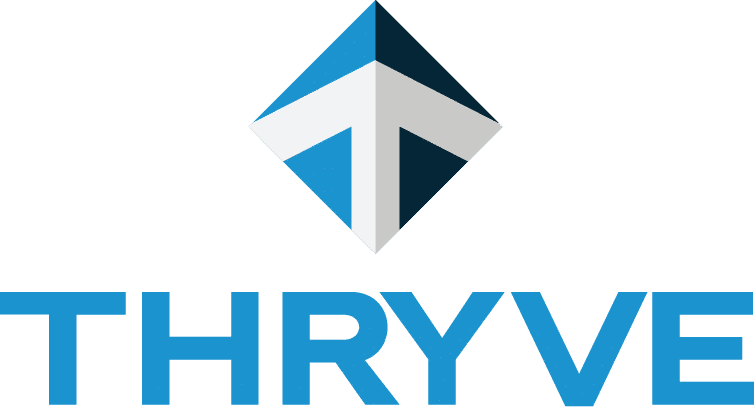First year of business brings many challenges. Creating a financial projection helps you to develop a strategy and contingency plan for twists in the road. This blog will break down the essential components you need to consider for a first year projection, providing practical tips and examples to help you create accurate and insightful financial forecasts.
Why Year 1 Financial Projections Matter
Financial projections are more than just numbers on a spreadsheet. For startups and small businesses, these projections are critical for securing funding, managing cash flow, and making informed decisions.
Start with the basics. Your first-year projections should cover expected revenues, expenses, profits, and cash flows. This financial forecast serves as a benchmark against which you can measure your business’s performance over time.
Understanding these financial projections allows you to identify potential financial pitfalls early. More importantly, it gives potential investors confidence in your business plan, demonstrating that you’ve done your homework and are prepared for what lies ahead.
Setting the Stage with Revenue Projections
Revenue projections form the backbone of your financial plan. They estimate how much money your business will make within the first year. Start by identifying all potential revenue streams, from product sales to service fees.
Next, research your market. Understand your target audience, analyze competitors, and consider industry trends. This information will help you make realistic assumptions about your revenue potential.
Break down your projections by month. This will give you a more nuanced understanding of your revenue patterns and help you identify seasonal fluctuations. Remember, it’s better to be conservative in your estimates to avoid overestimating your financial health.
Understanding Cost of Goods Sold (COGS)
The cost of goods sold (COGS) represents the direct costs associated with producing your products or delivering your services. These include raw materials, labor, and manufacturing overhead.
Accurate COGS calculations are essential for determining your gross profit—the difference between your revenue and COGS. A higher gross profit margin indicates a more profitable business, making you more attractive to investors.
To estimate COGS, list all the components involved in creating your product or service. These can include raw materials and production labor for a product or client facing labor (employees or contractors) for services. Other COGS could be shipping, supplies used in production, etc. Consider how much you will spend on each item as your volume increases in order to estimate the total amount of these costs in your forecast.
Calculating Operating Expenses
Operating expenses encompass all the costs required to run your business that aren’t directly tied to production. These include rent, utilities, administrative salaries, marketing, and administrative expenses.
Categorize your operating expenses into fixed and variable costs. Fixed costs remain constant regardless of your business activity, while variable costs fluctuate based on your production or sales volume.
Detailing these expenses helps you understand your breakeven point—the point at which your revenue covers all your expenses. Knowing your breakeven point is crucial for planning and ensures you’re prepared for any financial challenges.
Forecasting Initial Capital Investments
Starting a business often requires significant initial investments, from purchasing equipment to setting up your office. These upfront costs are essential to get your business off the ground but can strain your cash flow if not carefully planned.
Create a detailed list of all initial capital investments. Include everything from office furniture and computers to software and machinery. Research the costs associated with each item and factor the amount and timing of the cost into your financial projections.
Understanding your initial capital requirements ensures you’re adequately funded from the start. It also helps you manage your cash flow effectively, preventing financial strain during the critical early stages of your business.
Preparing for Marketing and Advertising Expenses
Marketing and advertising are essential for driving sales and growing your business. However, they can also be significant expenses if not carefully managed. Accurate forecasting is crucial for maximizing the returns from your marketing investment.
Break down your marketing budget into categories such as digital advertising, social media, content creation, and public relations. Research industry benchmarks to estimate costs for each category. Factor in any seasonal promotions or campaigns.
Planning your marketing expenses ensures you’re investing strategically to drive growth. It also helps you manage your cash flow and avoid overspending on promotional activities.
Understanding Depreciation and Amortization
Depreciation and amortization represent the gradual reduction in value of your fixed assets and intangible assets over time. These are non-cash expenses so you should consider identifying and separating them within your forecast to isolate their impact.
Estimating Taxes
Taxes are a significant expense for any business. Accurate tax forecasting ensures you’re prepared for your tax liabilities and helps you avoid financial surprises. Estimating your tax expense will also clarify your net cash flow available to be distributed from your business for your personal use.
Estimate your tax liabilities based on your projected revenue and expenses. Consult with a tax professional to ensure compliance and accuracy.
Compiling Your Financial Projections
Use financial software or templates to organize your data. Ensure all your assumptions are clearly documented and supported by research. Review your projections for accuracy and make adjustments as needed.
Reviewing and Adjusting Your Projections
Financial projections are not set in stone. Regularly reviewing and adjusting your projections ensures they remain accurate and relevant as your business evolves.
Schedule regular reviews of your financial projections, such as quarterly or bi-annually. Compare your actual results to your projections and identify any discrepancies. Adjust your assumptions and projections based on new data and insights.
Conclusion
Creating accurate year 1 financial projections is a critical step for any startup or small business.
Remember, financial projections are not just about numbers—they’re about understanding your business and making informed decisions to accelerate your growth.
If you’re looking for bookkeeping service, we can help! Contact us at The Thryve Group.
